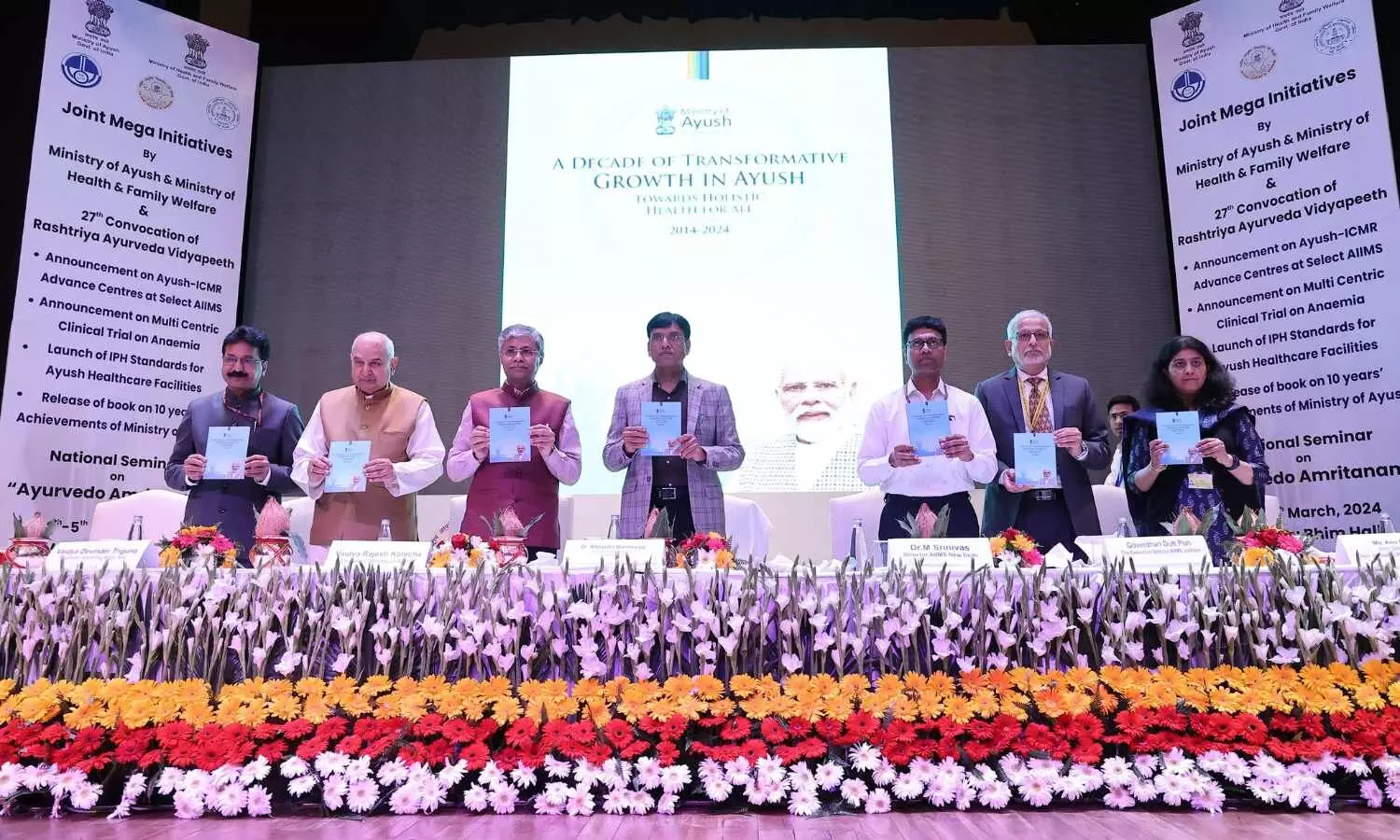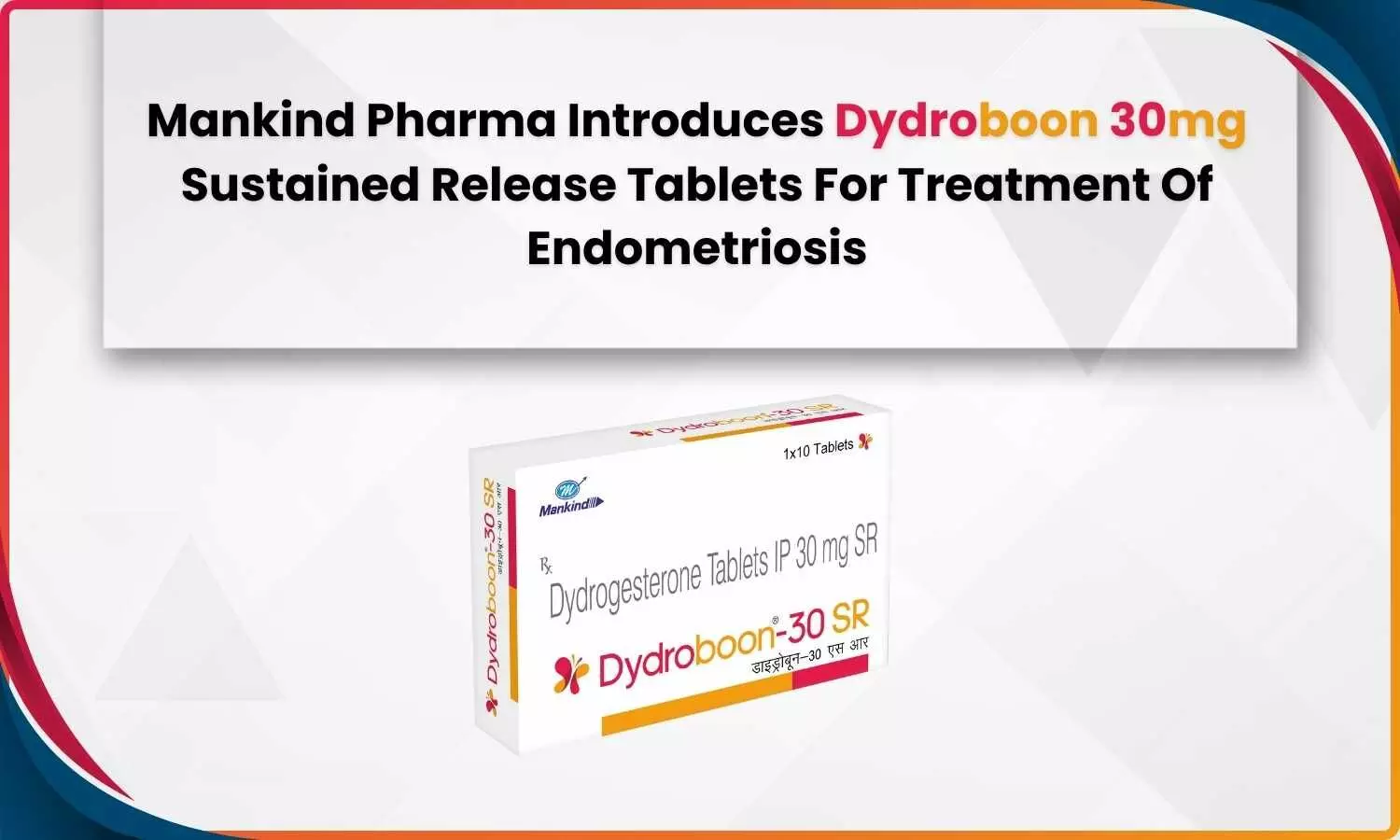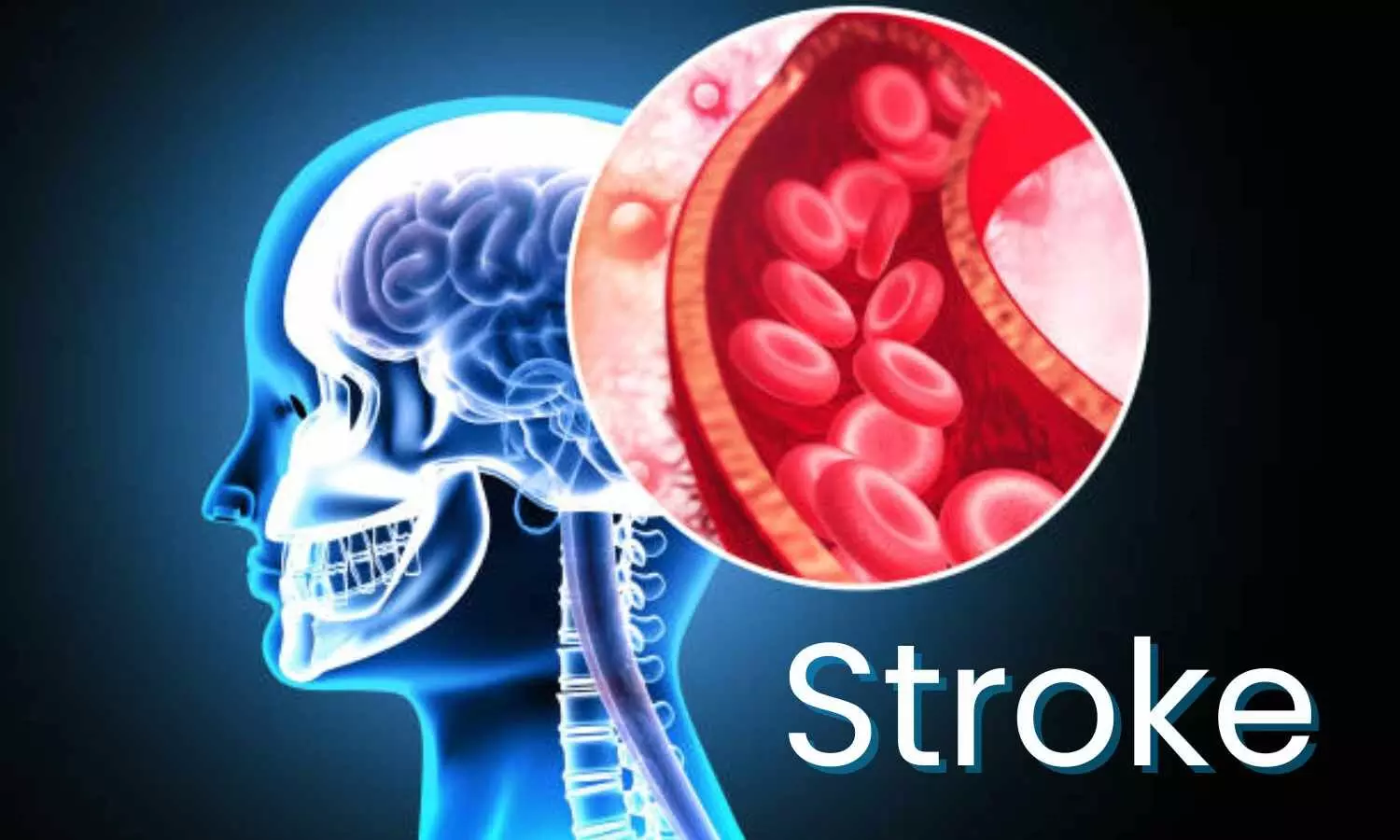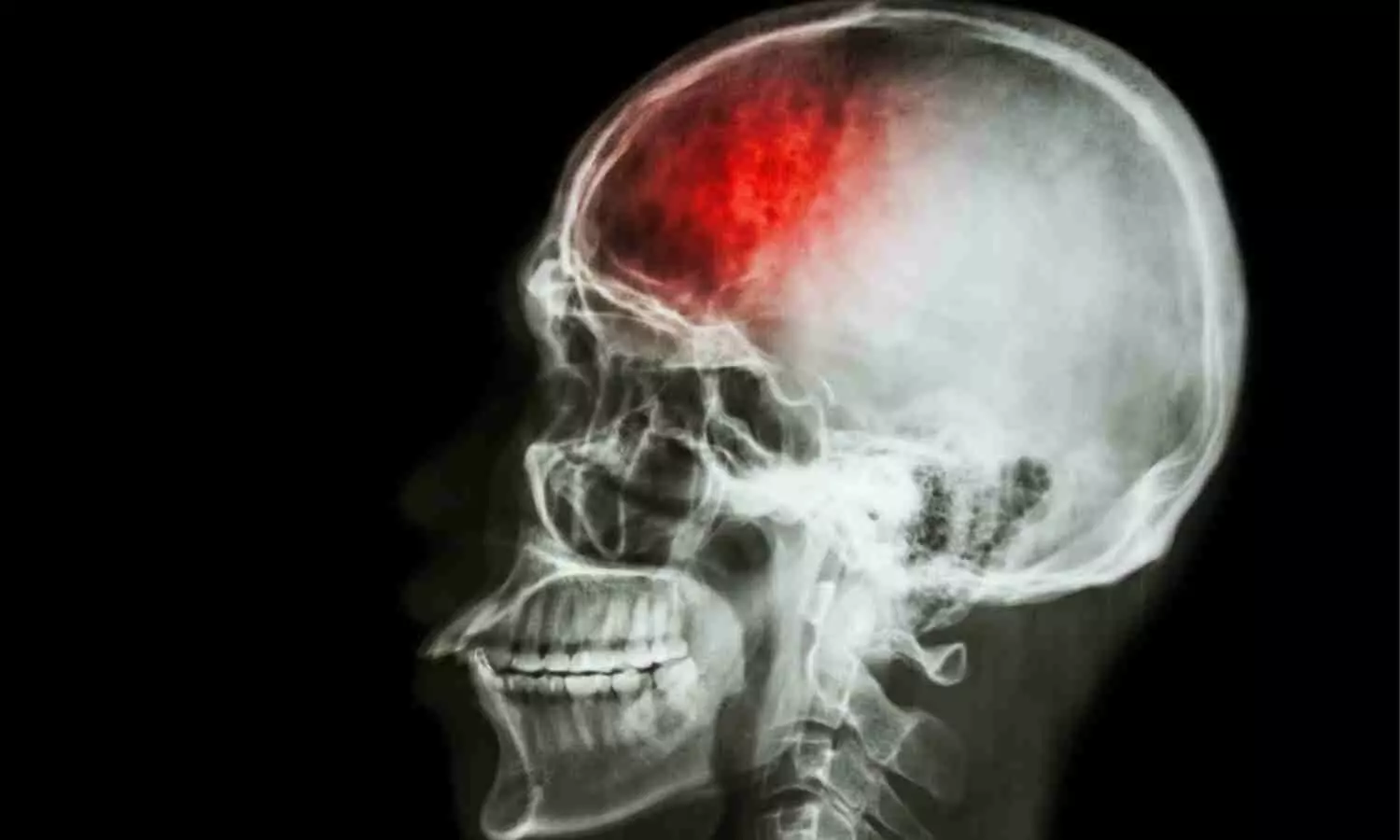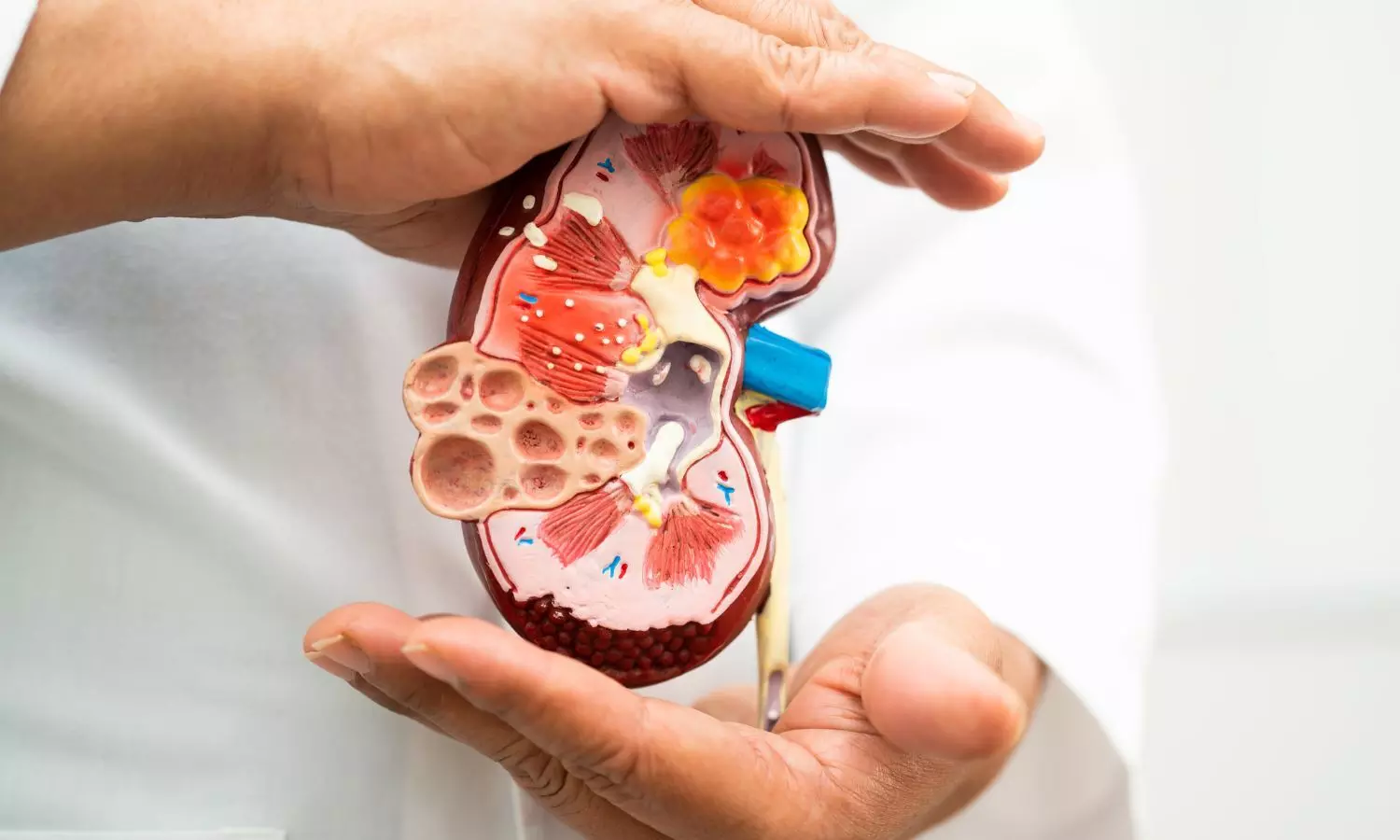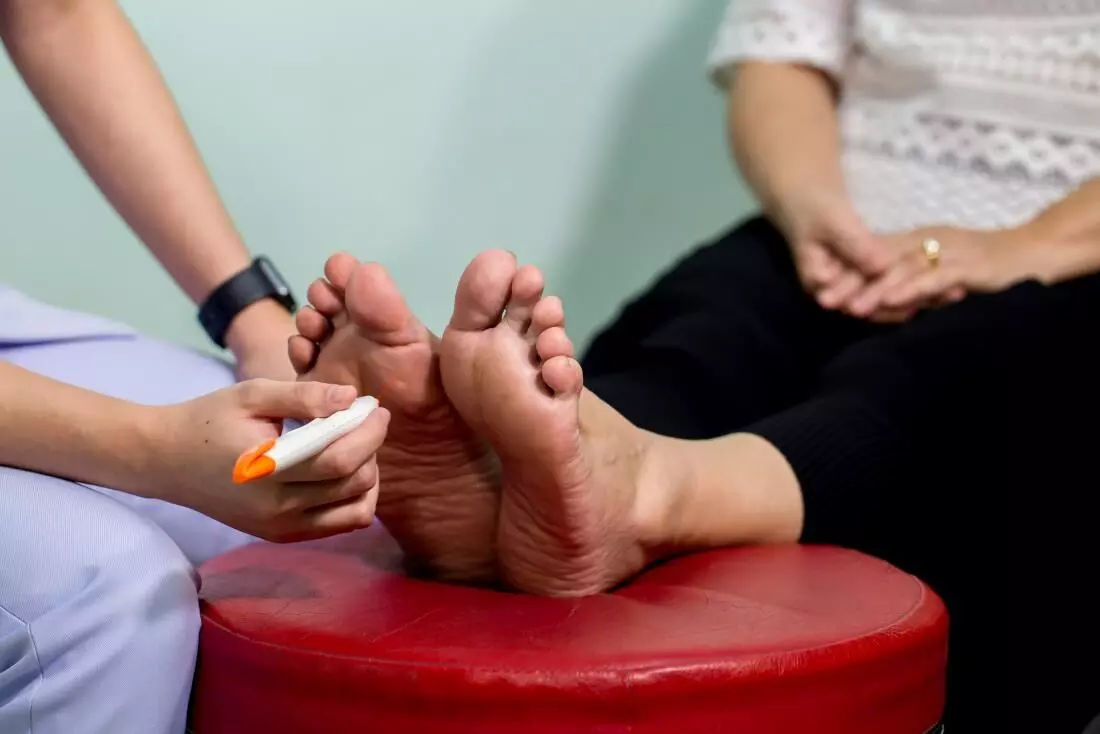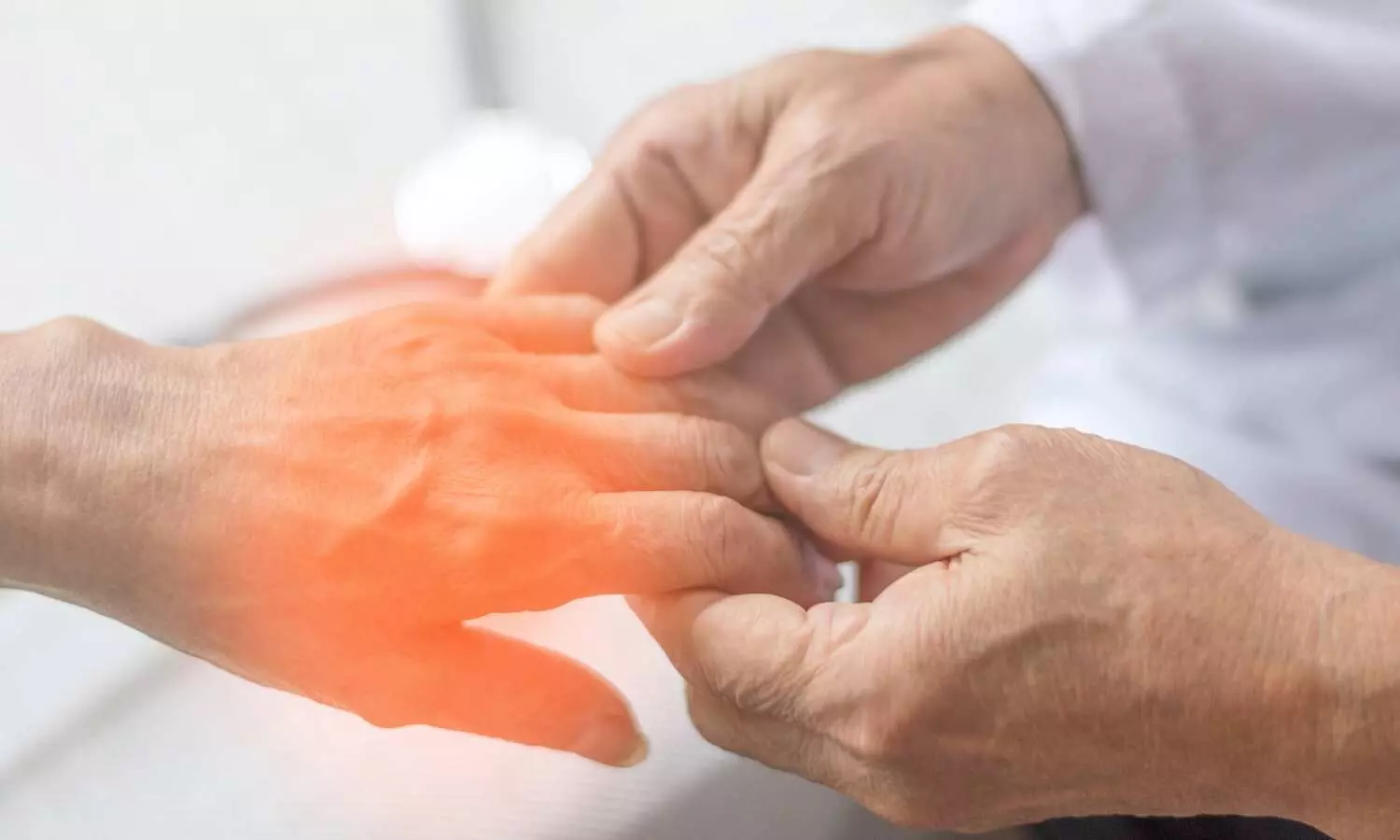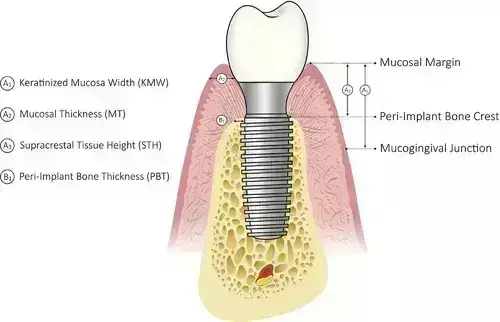China: A recent study showed a decline in the risks of all-cause, cancer, Alzheimer’s disease (AD), and cardiovascular disease (CVD) mortality with increased intake of dietary flavonoids in US adults.
The finding, published in Scientific Reports, may be related to anti-inflammatory, anti-tumor, and anti-oxidative stress properties of flavonol. Foods rich in flavonols include onions, tea, broccoli, kale, grapes and berries.
The research involved 11,679 adults older than 20 and suggested that consuming a flavonol-rich diet could offer a method to help manage disease risks.
Biologically active polyphenolic chemicals called flavonoids are present in a variety of common fruits, vegetables, and other plant-based meals. Flavonoids can be divided into six main subclasses, namely isoflavones, flavonol, flavanones, flavonolignans, flavonoid glycosides, and flavones. Of these, flavonol is the primary representative of the flavonoid subclasses; it is also the flavonoid found the most widely in nature and is the most active.
Previous studies have produced strong and consistent evidence that flavonoids may maintain and enhance nitric oxide (NO) status and improve endothelial function. Also, there is evidence that these substances can affect glucose and lipid metabolism, inflammation, platelet function and thrombosis, oxidative damage, and blood pressure. Furthermore, flavonoids can cause apoptosis and prevent cell growth and metastasis by specifically targeting important molecules and signalling pathways in a range of tumour cells. The discovery that food rich in flavonoids has anti-tumour and cardioprotective effects may be explained by these effects.
Against the above background, Jiqing Hao, The First Affiliated Hospital of Anhui Medical University, Hefei, China, and colleagues aimed to explore the relationship between dietary flavonol intake, all-cause and cause-specific mortality risks using updated National Health and Nutrition Examination Survey (NHANES) follow-up data, and a large nationwide representative sample of adult U.S. citizens.
The prospective cohort study evaluated 11,679 participants aged 20 years and above. The type and amount of food taken during a 24-hour dietary recall were used to estimate dietary flavonol intake, which includes total flavonol, kaempferol, isorhamnetin, quercetin, and myricetin. Each analysis of the weighted data was dealt with per the NHANES reporting requirements’ intricate stratification design.
All-cause and cause-specific mortality risks were evaluated. The follow-up period was calculated using the time interval between the baseline and the death date or December 31, 2019 (whichever occurs first). Up to December 31, 2019, National Death Index (NDI) mortality data were used to calculate mortality from all causes and cause-specific causes.
The study included 11,679 individuals (49.78% were male) which represents 44,189,487 U.S. non-hospitalized citizens. The mean age of the sample was 46.93 years, with a median follow-up of 7.80 years.
The researchers found that after adjusting covariates, total flavonol intake was associated with all-cause (HR 0.64), CVD-specific (HR 0.67), and cancer-specific (HR 0.45) mortality risks; kaempferol intake was associated with all-cause (HR 0.74), and cancer-specific (HR 0.62) mortality risks; isorhamnetin intake was associated with all-cause (HR 0.72), and cancer-specific (HR 0.62) mortality risks; quercetin intake was associated with all-cause (HR 0.66), cancer-specific (HR 0.54), and CVD-specific (HR 0.61) mortality risks; myricetin intake was associated with all-cause (HR 0.77), AD-specific (HR 0.34), and CVD-specific (HR 0.61) mortality risks; there was no correlation observed between dietary flavonol intake and diabetes mellitus-specific mortality.
The study concluded that dietary flavonol intake was significantly linked with overall, AD, cancer, and CVD-specific mortality risks through comprehensive updating of NHANES records.
The outcome of the research elucidates the relationship between flavonol intake, all-cause, and cause-specific mortality risks in a sample representing the entire nation of non-hospitalized citizens in the US, presenting evidence for flavonol intake as a practical, independent, quantitative, and reliable predictor of disease survival status, this means that it is suitable for the health and risk alert management of AD, CVD and cancer patients.
“Our findings have practical significance for public health because flavonol can be supplemented by making daily dietary modifications and eating habits better,” the researchers concluded.
Reference:
Zong, Z., Cheng, X., Yang, Y., Qiao, J., Hao, J., & Li, F. (2024). Association between dietary flavonol intake and mortality risk in the U.S. Adults from NHANES database. Scientific Reports, 14(1), 1-15. https://doi.org/10.1038/s41598-024-55145-y


